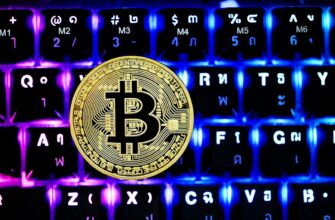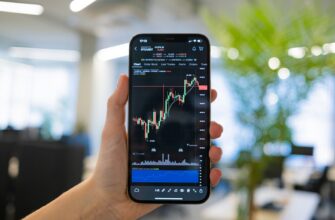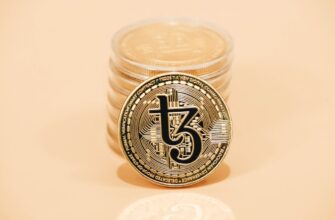Why Encrypting Funds Anonymously Matters More Than Ever
In today’s digital landscape, financial privacy is under constant threat. Governments, corporations, and cybercriminals actively monitor transactions, making anonymous fund encryption essential for protecting your assets. This tutorial demystifies how to encrypt funds anonymously using accessible methods that prioritize security without compromising accessibility. Whether safeguarding savings or conducting private transactions, these techniques create an impenetrable layer between your finances and prying eyes.
Core Principles of Financial Encryption
Before diving into practical steps, understand these foundational concepts:
- End-to-End Encryption (E2EE): Ensures only sender and receiver access transaction data
- Zero-Knowledge Proofs: Verifies transactions without revealing sensitive details
- Decentralized Networks: Eliminates single points of failure or surveillance
- Onion Routing: Masks IP addresses through layered encryption (e.g., Tor)
Step-by-Step Tutorial: Encrypt Funds Anonymously
Step 1: Acquire Privacy-Focused Cryptocurrency
Opt for coins with built-in anonymity features like Monero (XMR) or Zcash (ZEC). Avoid traceable cryptocurrencies like Bitcoin unless using advanced obfuscation tools.
Step 2: Install a Secure Wallet
Download open-source wallets such as Monero GUI Wallet or Wasabi Wallet. Always verify checksums and download from official sources to avoid malware.
Step 3: Route Connections Through Tor
Configure your wallet to route traffic via the Tor network. For desktop wallets, use Tor Browser in tandem. Mobile users should install Orbot for Android or Onion Browser for iOS.
Step 4: Utilize CoinJoin or RingCT
Employ mixing protocols:
– Wasabi Wallet’s CoinJoin: Merges transactions with others to obscure trails
– Monero’s Ring Confidential Transactions (RingCT): Hides amounts and participant identities
Step 5: Encrypt Wallet Files Locally
Use VeraCrypt to create encrypted containers for wallet files. Set a 25+ character passphrase combining letters, numbers, and symbols. Store backups offline on encrypted USB drives.
Step 6: Conduct Transactions via Secure Networks
Only access wallets on public Wi-Fi using a paid VPN (e.g., Mullvad or ProtonVPN) with kill-switch enabled. Never use unsecured networks for financial operations.
Essential Tools for Maximum Anonymity
- Hardware Wallets: Ledger or Trezor with Tor integration
- Operating Systems: Tails OS or Qubes OS for air-gapped transactions
- Communication: Signal or Keybase for encrypted transaction coordination
- Mining: Solo mining via P2Pool to avoid KYC exchanges
Critical Anonymity Pitfalls to Avoid
Never reuse wallet addresses, disable JavaScript during transactions, and avoid linking personal email/phone numbers to wallets. Regularly update software and rotate VPN endpoints. Most importantly: Never disclose wallet seed phrases digitally—store them physically in secure locations.
FAQ: Anonymous Encryption Demystified
Q: Is encrypting funds anonymously legal?
A: Yes, in most jurisdictions. Privacy isn’t criminality—focus on compliance with local regulations while utilizing privacy tools.
Q: Can governments trace Monero transactions?
A> Extremely unlikely. Monero’s RingCT, stealth addresses, and Kovri protocols make tracing practically impossible through cryptographic obfuscation.
Q: How often should I rotate wallets?
A> After major transactions or every 6 months. Create new wallets using fresh Tor circuits to disrupt pattern analysis.
Q: Are VPNs sufficient alone for anonymity?
A> No. VPNs hide IPs but don’t encrypt blockchain data. Always combine with Tor, encrypted wallets, and privacy coins for full protection.
Your Path to Financial Sovereignty
Mastering how to encrypt funds anonymously transforms you from a surveillance target to a digitally sovereign individual. This tutorial provides the technical framework—but true anonymity requires consistent practice. Start small, verify every tool, and prioritize security over convenience. As financial systems grow more invasive, these skills become not just valuable, but vital for preserving economic freedom in the digital age.








